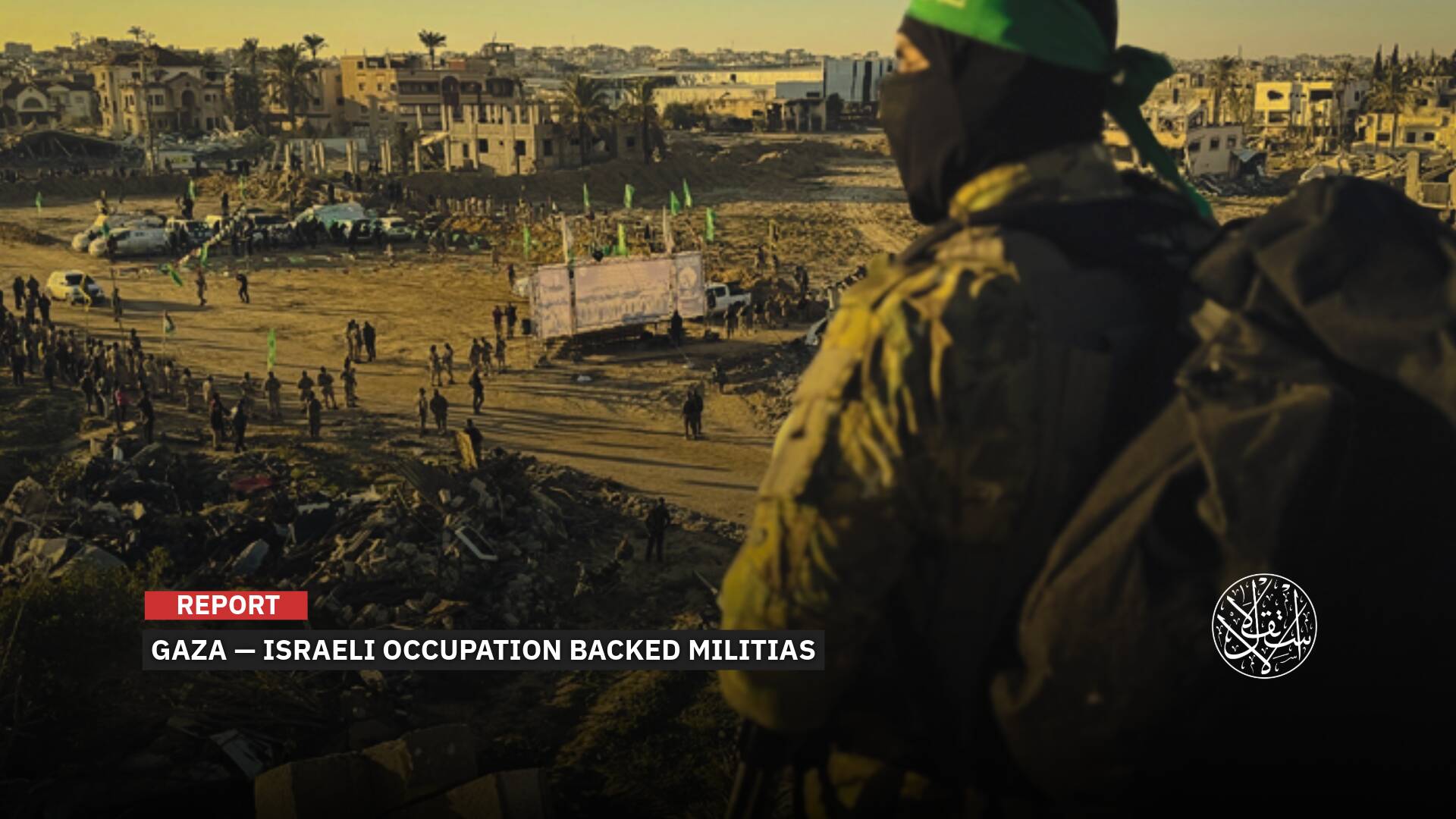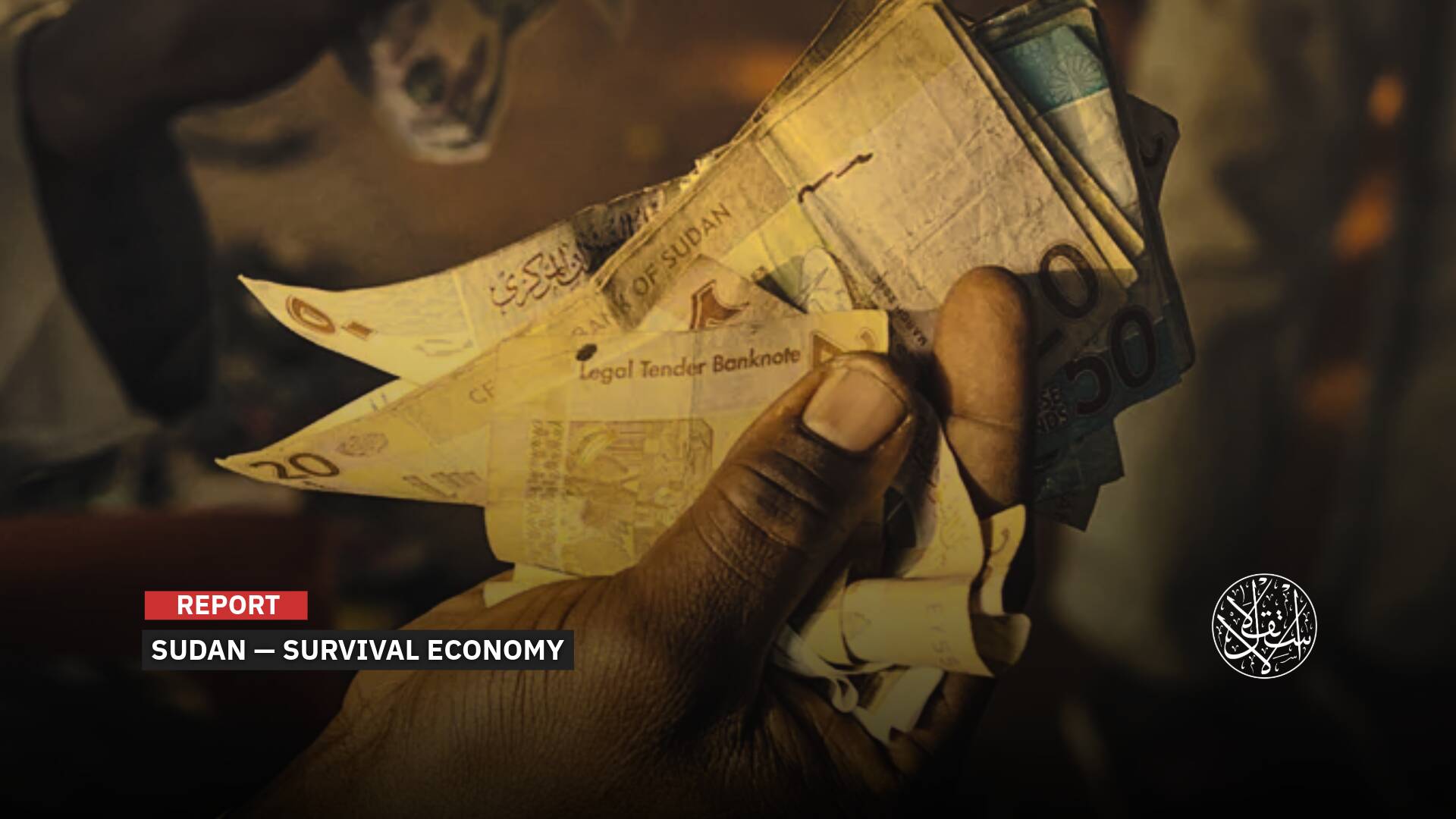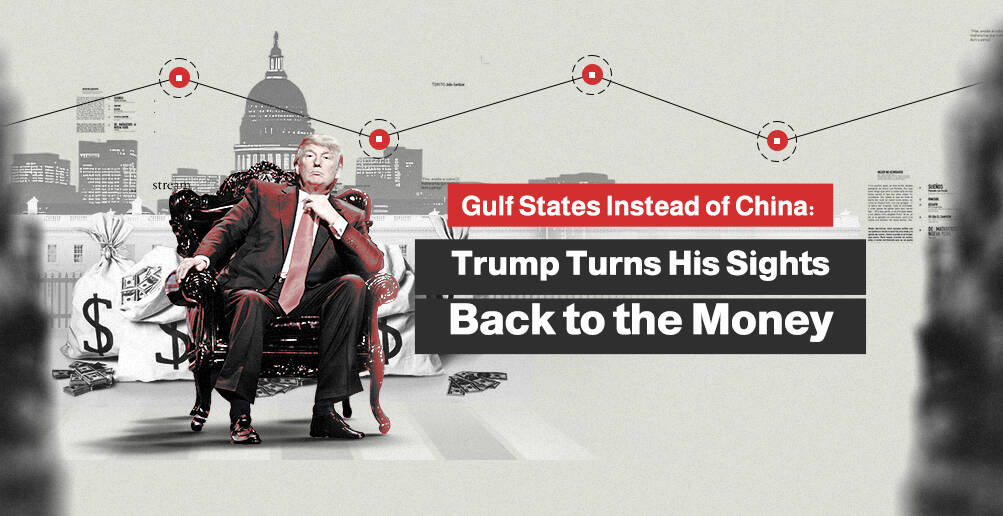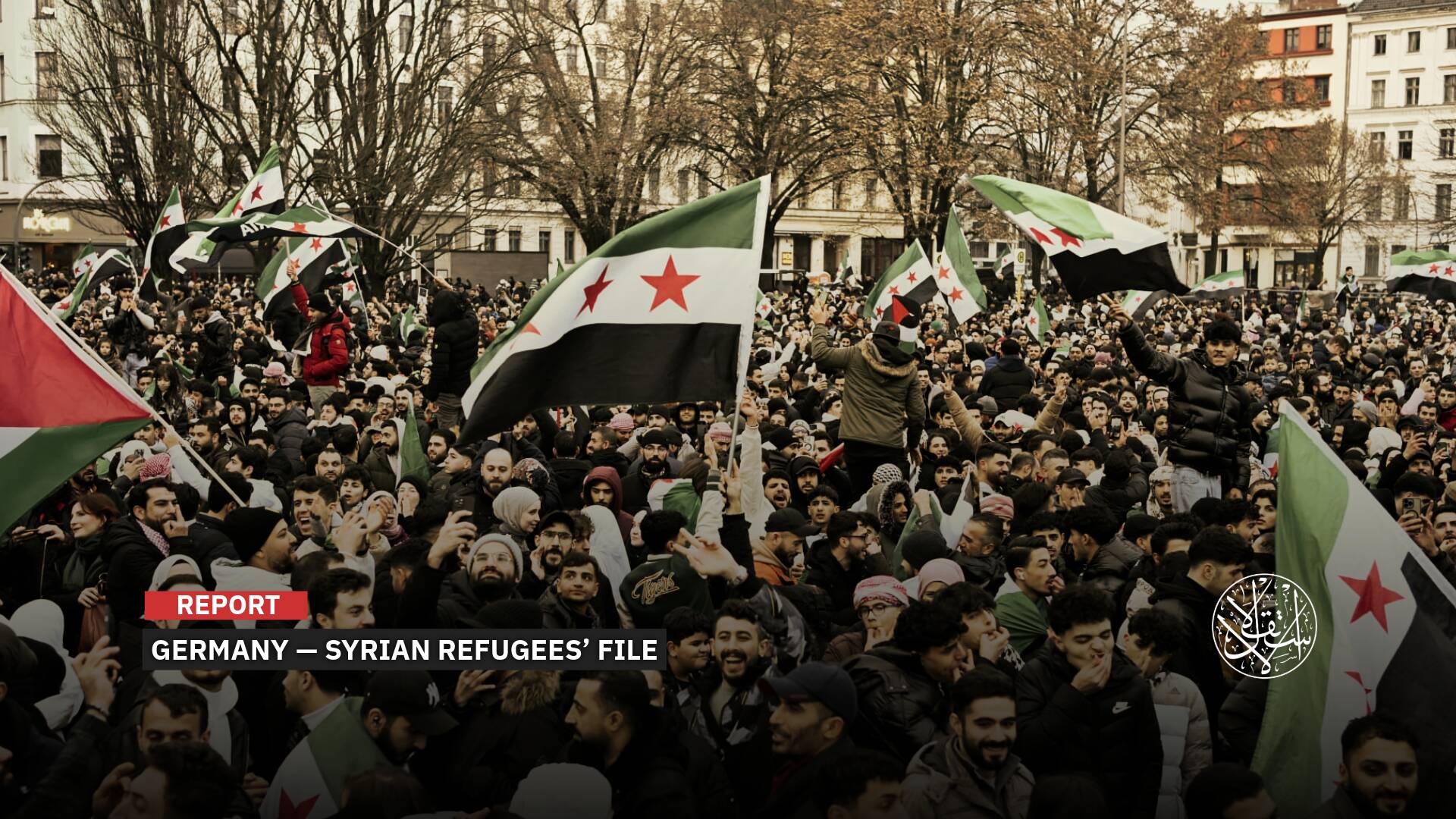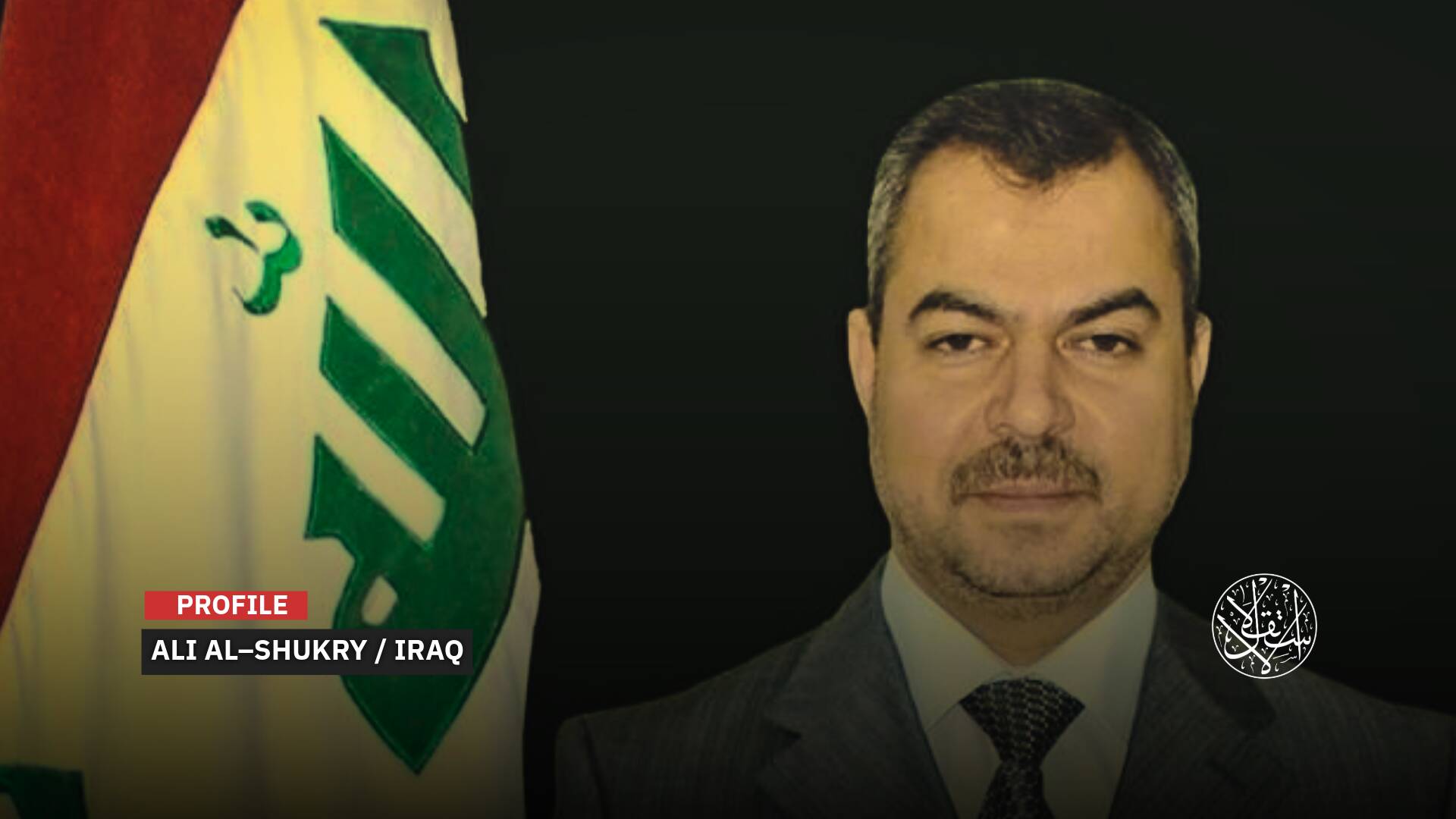Tensions in Norway: Neo-Nazis in Scandinavia Spreading Violence

The police of the Norwegian capital Oslo announced on October 29 the arrest of about 40 demonstrators from the neo-Nazi movement, which organized a protest march that included fascist groups from Scandinavia, operating under the umbrella of the Nordic Resistance Movement, which considers Sweden its headquarters, and includes members in Finland, Sweden, and Denmark, in addition to Norway.
The Norwegian police confirmed, according to the Norwegian news agency NTP that a number of participants came from neighboring Scandinavian countries.
The Neo-Nazis gathered in front of the government and parliament headquarters in central Oslo, blocking some roads and refusing the police's request to end the unlicensed protest, which calls for violence to expel immigrants. It broadcasts hate speech against citizens of other races and raises slogans calling for revolution against the political class.
On the other hand, youth groups gathered, rejecting the chants of neo-Nazis, most of them from the far left, the anti-Fascist Resistance Movement (Antifa), which usually clashes with far-right demonstrators of the Nordic Resistance Movement classified as a neo-Nazi fascist movement.
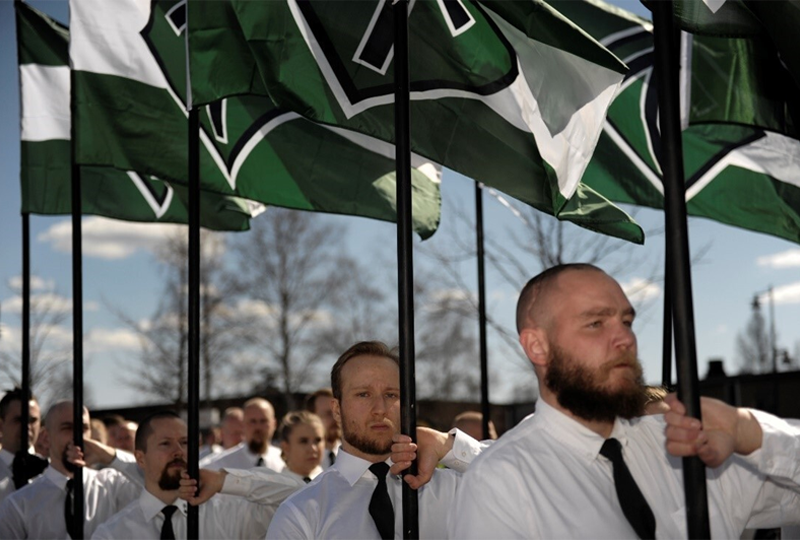
Violent Demonstrations
The police intervened to stop the Nazi demonstration when the anti-Nazi groups were about to clash with them. The protest's organizers refused to comply with the police's demand. The police evacuated Parliament Street, and after the publication of photos showing the extent of the violence that had spread, they announced that they would open an investigation into the circumstances.
Security forces arrested dozens of people, amid fanfare favored by the extreme right, to draw attention to them. Norwegian television, and some newspapers, reported violent clashes between the police and neo-Nazi protesters.
About 10 years ago, after the Utoya massacre and the bombing of government headquarters (which killed about 77 people in July 2011) by the terrorist Anders Breivik, whom the Scandinavian Nazi movement considers as inspiring, the Norwegian security and intelligence services tightened monitoring of extreme right-wing networks, while they were previously focusing on threats from external terrorism and leftist groups.
The security authorities fear the growing tensions between the neo-Nazi groups and their opponents from violent leftist groups, who believe that the Nazis cannot be resisted without the use of "force in exchange for force."

Exclusively Anti-Islam
Despite the inability of fascist movements in Scandinavia, for years, to make breakthroughs at the level of politics and elections, their extremist rhetoric still finds some echo among populist parties, such as the case of the controversial Stram Kurs (Hard Line) party and its leader Rasmus Paludan, who is participating in the Danish and Swedish elections, by attacking Muslims, and burning copies of the Qur'an. The party is almost exclusively dedicated for anti-Islam activism and demonstrations.
It is necessary to mention that Neo-Nazis is a term given to the people of National Socialism that was established after World War I in Germany, and it can be defined as an extremist party, movement, or group that has many similar and tyrannical ideas and is directly related to the ideas, practices, and actions of the Nazi Party.
The party is known as the National Socialist German Workers Party—one of the extreme right-wing groups that carry anti-Semitic ideas and is also hostile to democracy and anti-communism. The Nazi Parties, in general, were established after World War I, specifically after the defeat of Germany in the war, and their popularity began to spread in recent years.
The European Union faces a growing threat from far-right terrorism and a new era of conspiracy theories. There is the rise of far-right ideologies, with the far right also trying to take advantage of social concerns about climate and environmental issues to polarize, recruit and encourage attacks from right-wing extremists and to infiltrate into the European security services.

Greater Terrorist Threat
Right-wing extremists have become a greater terrorist threat than ever in Europe, according to the European Union's intelligence and police services. "Several European countries face a growing threat from violent right-wing extremists," the French Presidency of the European Union emphasized in a recent internal memorandum to member states on April 29, 2022, seen by EUobserver.
The Dutch Security and Intelligence Agency (AIVD) warned in its report on April 29, 2022, that the possibility of terrorist attacks by far-right groups in the country is increasing.
According to the report, there is a risk that extremist ideologies in the country will lead to the rise of violent extremism. Intelligence also paid close attention to the far-right movement known as accelerationism, and it was confirmed that these groups had several hundred followers and that the size of these movements would increase.
It is expected that only a small minority will want to use terrorist violence themselves, but it is difficult to predict who will take this step, the report added.
Swedish party and media circles are accused of belonging to the Nazi movement within the parliamentary party, Sweden Democrats, which won the elections last September by about 23 percent and had an influence in forming a center-right government.
European far-right movements usually take advantage of times of crisis to present themselves as "national movements that seek to achieve the interests of their citizens," such as the European patriots against the Islamization of the Occident (PEGIDA) and the Nordic Resistance Movement. This happened with the crisis of the Corona pandemic, and the same scenario is repeated with the economic crises caused by the war in Ukraine, including the energy crisis and high inflation rates. They are exploiting the crises to call for a rebellion against the ruling political class without presenting any possible alternative to solve the problems.
The Nazis of the Nordic Resistance Movement call for the need to unite the group of Nordic countries (Finland, Sweden, Denmark, Norway, and Iceland), albeit by force, on racial grounds, which consider whites at the top of the ladder of citizenship.
They call for getting rid of the presence of non-white ethnic groups in those societies during their chants and demonstrations. They also perform the Nazi salute or Hitler salute repeatedly.



